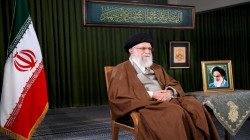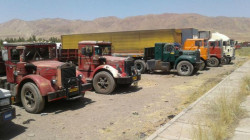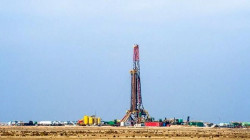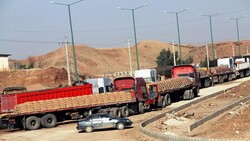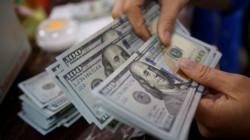JP: Iranian attacks in Iraq reflect weakness, disarray
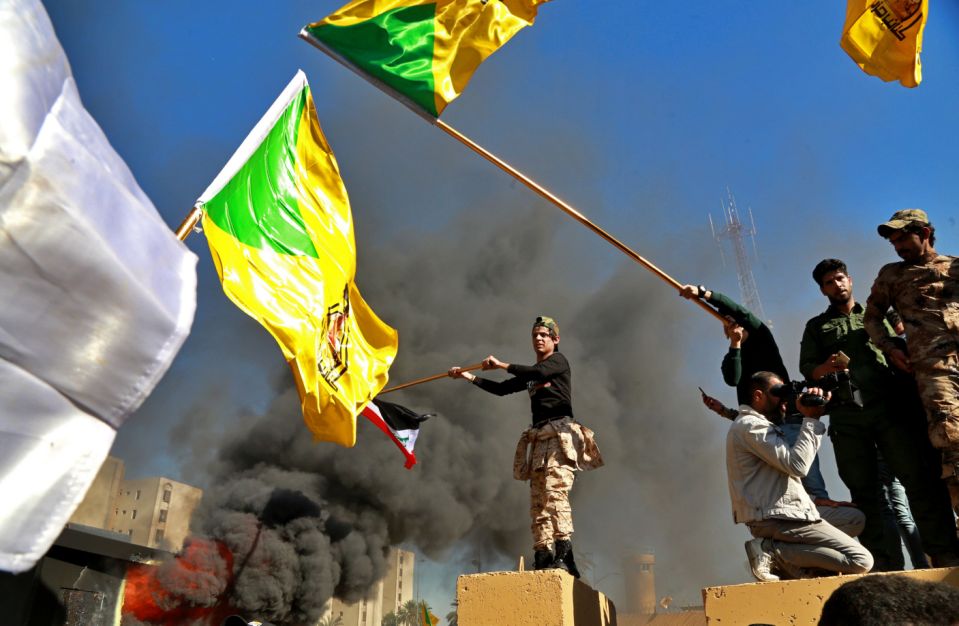
Shafaq News / A series of bomb and grenade attacks have taken place over the last week in the Iraqi capital, Baghdad. They were directed at financial facilities and political offices associated with a number of factions currently taking part in negotiations toward the formation of a new Iraqi government.
These incidents follow a number of rocket and drone attacks on US and coalition facilities in Iraq and Syria. The latter came after the marking of the second anniversary of the killing of IRGC/Quds Force commander Qasem Soleimani and Popular Mobilization Units leader Abu Mahdi al-Muhandis by the US on January 3, 2020.
There is no great mystery regarding who is responsible for these incidents. Given the nature of the targets, they were clearly carried out by pro-Iran elements. But the timing and nature of the incidents, and their intensity, are significant. They are an indication not of Iranian strength, but rather of the relative disarray and confusion observable in the pro-Iran camp in Iraq at the present moment.
First, the Baghdad attacks. These took place following the opening of the new session of the Iraqi parliament, on January 9. The sites targeted were the headquarters of three political parties – the Kurdish Democratic Party (KDP), the Taqadum Coalition and the Azm Alliance. The latter two are lists representing the Iraqi Sunni Arab population. Two financial institutions associated with the Kurdish Democratic Party – the Kurdistan Bank and the Kurdish-owned Cihan Bank – were also targeted.
There were no deaths in any of these incidents. A number of people were wounded.
KDP, Azm and Taqadum are non-Shia political formations currently engaged in negotiating with the Shia Sairun list of Muqtada al-Sadr for the formation of a governing coalition that would exclude the pro-Iranian elements. No group claimed responsibility for the incidents in Baghdad. But it may be stated with near certainty that these grenade attacks were the pro-Iran militias expressing their displeasure, in their own inimitable style.
The attacks are the latest indication of the relative disarray in which the Shia militias and the Iranian interest in Iraq find themselves, since the elections of October 10.
In those polls, the militia-supported Fatah list suffered a precipitous decline in support, and subsequent representation in the 329-member Iraqi parliament. Thanks to disorganization, disunity and a misreading of a new electoral law, leading to faulty election tactics, the Fatah list went down from 48 seats in the parliament to 17. Governments in Iraq in recent years have consisted of coalitions, bringing together disparate and even opposed elements. The pro-Iran element needs to be in government, in order to maintain the legal status of its militias, continue the flow of funds to the Popular Mobilization Units (the official body that gives the militias their legal status) and ensure that no serious attempt at dismantling or confronting the Iranian parallel state by a government in Iraq takes place.
The decline in electoral representation was the result not of a loss of popular support for the pro-Iran camp, but of simple mismanagement. In terms of votes, the Fatah list received more than that of Sadr – 670,000 to 650,000. Disunity, mistaken tactics and incompetence produced the drastic difference in the allocation of seats.
Months of unrest in Baghdad followed as the militias, specifically Kataib Hezbollah and Asaib Ahl Al-Haq, organized protests by members of their movements and militiamen, demanding a recount of the results. Tensions reached their height with a drone attack on the residence of Iraqi Prime Minister Mustafa al-Kadhimi in November. But the unrest and attempts at intimidation failed to achieve their objective. No recount was forthcoming.
At the opening of parliament on January 9, pro-Iranian factions, now organized in the “Coordination Framework,” sought to disrupt proceedings. Specifically, they tried (and failed) to prevent the election of Mohammed Halbousi, leader of the Sunni Taqadum list, as speaker of the parliament.
The appointment of Halbousi to this position has been interpreted by many Iraqi analysts as indicating that Sadr intends to seek to form a government with his main, non-Shia allies, rather than seeking to create a unity coalition involving both main Shia blocs.
The grenade attacks were the response of the pro-Iran element to this development. They targeted those non-Shia elements, which Sadr will need as the basic building blocks for any coalition excluding the Shia militia element.
The attacks on US and coalition positions, meanwhile, included the launching of four rockets on the US Embassy in Baghdad on January 12, two drone attacks on the Ain al-Asad base in Iraq’s Anbar Province, and rocket fire on the Coalition/Syrian Democratic Forces’ “Green Village” base in eastern Syria. There were no fatalities. The US-led coalition responded to the rocketing of the base in Syria with artillery fire on the source of the rockets. This was near the town of Mayadin, in an area controlled by the Iran-supported militias just west of the Euphrates river and close to the Iraqi border. The Qassim al-Jabbarin Brigade, a front for Ktaib Hezbollah, claimed responsibility for the firing on Ain al-Asad.
There are no indications that operations on this level will shift the small but significant US deployments in Iraq and Syria. The uptick in rocket fire appears more as a kind of ritual response to the killings of Soleimani and Muhandis than as the opening salvo of a determined effort to expel western forces.
Regarding the actions against political opponents, the next hurdles for the parliament will be choosing a new president, and then a new prime minister, over the next two months. The Iranians and their militias are pursuing a familiar “strategy of tension,” designed to produce a feeling of intimidation among opponents and deter them from clear moves in the direction of exclusion of the Iranian interest from a role in government.
It is now Sadr’s move. Muqtada al-Sadr himself, of course, is hardly a consistent opponent of the Iranians. It may well be that he will continue to prefer to weave a complex and inconsistent path between the Iranians and their enemies, rather than enter a path toward confrontation between his own militia and those of Tehran. But the very fact that the key decision now is in the hands of Sadr is testimony to the rudderlessness of Iranian strategy in Iraq at present.
It is difficult to imagine the present confusion and disarray taking place under the stewardship of Soleimani and Muhandis. Esmail Ghaani and Abd al Aziz al-Mohammadawi, their respective replacements, are evidently not of the same caliber. From this point of view, the current impasse of the Iranian position in Iraq (and elsewhere) is perhaps the most authentic testimony to the skills of these two slain commanders. It is an interesting confirmation of the importance of individual leaders, for all the significance of structures and systems.
Finally, of course, from the point of view of Iran’s enemies, it is testimony to the correctness of the decision to remove them. It is perhaps unfortunate that the current malaise of Iran’s proxy strategy in Iraq is not being exploited by a determined, clear strategy on the part of the US and its allies. Rather, these are at present mainly the passive beneficiaries of Iran’s difficulties.
Source: The Jerusalem Post
